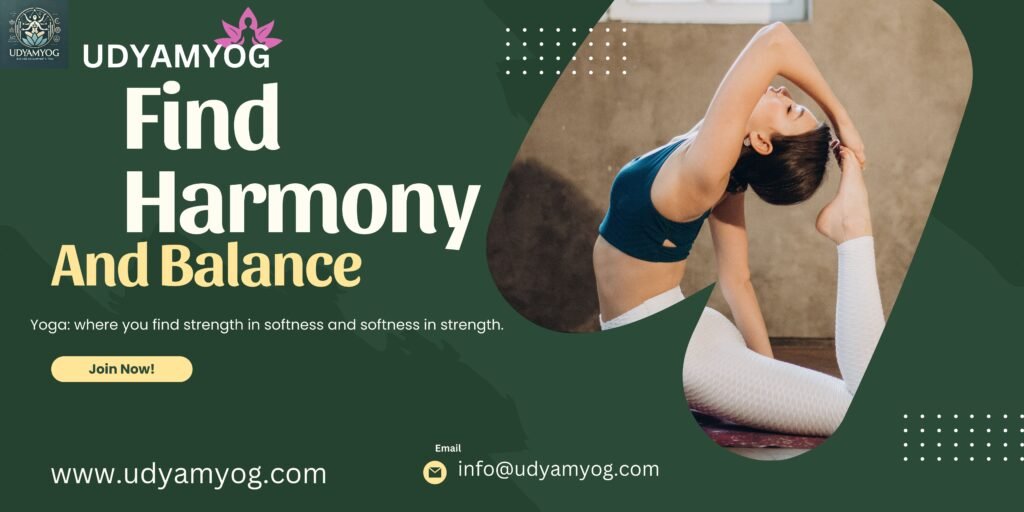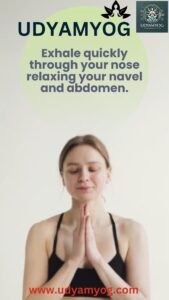How to Start Yoga and Meditation at Home
Are you ready to embark on a journey of self-discovery, mindfulness, and wellness through yoga and meditation? Practicing these ancient arts from the comfort of your home can be incredibly rewarding, especially for absolute beginners. This guide will provide you with practical tips, beginner-friendly poses, and insights on how to create a calming environment that encourages consistency and self-kindness.
How to Start Yoga and Meditation at Home

Setting Up a Dedicated Space
Creating a dedicated space for your yoga and meditation practice is an essential first step. A calming environment can significantly enhance your experience, allowing you to fully immerse yourself in your practice. Here are some tips on how to set up your space, even if it’s small:
-
Choose a Quiet Area
Look for a spot in your home where you can practice without distractions. This could be a spare room, a corner of your living room, or even a balcony. The goal is to find a place that feels peaceful and inviting.
-
Clear the Clutter
A clutter-free space promotes clarity and calm. Take some time to tidy up your chosen area. Remove any items that might distract you during your practice. You want your space to feel open and serene.
-
Personalize Your Space
Add elements that bring you joy and tranquility. This could be a small altar, a candle, some plants, or a soft blanket. Consider using calming colors like soft blues or greens, which can create a soothing atmosphere.
-
Ensure Comfort
Make sure your space is comfortable. If you have a yoga mat, lay it down. If not, a non-slip surface like a carpet or a towel will suffice. If you’re practicing meditation, have a cushion or chair nearby to sit comfortably.
-
Create Ambiance with Sound
Consider playing soft, calming music or nature sounds to enhance your practice. Alternatively, you can practice in silence to focus entirely on your breath and body.
-
Keep Your Props Handy
If you have yoga props like blocks, straps, or blankets, keep them in your dedicated space. This way, you won’t have to hunt for them each time you want to practice.
How to Start Yoga and Meditation at Home

Simple Warm-Up Tips
Before diving into yoga poses, it’s crucial to warm up your body. Warming up helps prevent injuries and prepares your muscles for movement. Here are some simple warm-up exercises that you can do at home:
-
Neck Rolls
Instructions: ** Sit or stand comfortably. Slowly roll your head in a circular motion, first to one side and then the other.
Duration: ** 30 seconds to 1 minute.
Benefits: ** Relieves tension in the neck and increases flexibility.
-
Shoulder Shrugs
Instructions: ** Raise your shoulders up towards your ears and then release them down. Repeat this motion several times.
Duration: ** 1 minute.
Benefits: ** Releases tension in the shoulders and upper back.
How to Start Yoga and Meditation at Home

-
Cat-Cow Stretch
Instructions: ** Start on your hands and knees in a tabletop position. Inhale and arch your back, looking up (Cow Pose), then exhale as you round your spine and tuck your chin (Cat Pose).
Duration: ** 5-10 cycles of breath.
Benefits: ** Warms up the spine and improves flexibility.
-
Wrist and Ankle Rolls
Instructions: ** Rotate your wrists and ankles in circles, first clockwise and then counterclockwise.
Duration: ** 30 seconds each.
Benefits: ** Loosens tight joints and prepares them for movement.
-
Forward Bend
Instructions: ** Stand with your feet hip-width apart, inhale, and raise your arms overhead. Exhale and fold forward, reaching towards your toes.
Duration: ** Hold for 5 breaths.
Benefits: ** Stretches the hamstrings and lower back.
Suggested Beginner Poses
Once you’ve warmed up, it’s time to move into some beginner-friendly yoga poses. These poses will help you build strength, flexibility, and balance while promoting relaxation and mindfulness.
How to Start Yoga and Meditation at Home

-
Mountain Pose (Tad asana)
Instructions: ** Stand tall with your feet together, arms at your sides. Engage your thighs and core, lift your chest, and reach your arms overhead.
Benefits: ** Improves posture, balance, and body awareness.
-
Cobra Pose (Bhujangasana)
Instructions: ** Lie on your stomach with your hands beneath your shoulders. Inhale and lift your chest off the ground, keeping your elbows slightly bent.
Benefits: ** Strengthens the back, stretches the chest, and improves flexibility.
-
Child’s Pose (Bal asana)
Instructions: ** Kneel and sit back on your heels. Extend your arms forward and lower your forehead to the ground.
Benefits: ** Calms the mind and relieves tension in the back.
-
Cat-Cow Pose (Marjaryasana-Bitilasana)
Instructions: ** On your hands and knees, alternate between arching your back (Cow) and rounding it (Cat).
Benefits: ** Warms up the spine and improves flexibility.
-
Half Wheel Pose (Ardhachakrasana)
Instructions: ** Stand with your feet hip-width apart. Inhale and gently arch your back, placing your hands on your hips or reaching behind you.
Benefits: ** Strengthens the spine and opens the chest.
-
Padmasana (Lotus Pose)
Instructions: ** Sit cross-legged with each foot resting on the opposite thigh. Keep your spine straight and hands on your knees, palms up.
Benefits: ** Promotes calmness and encourages focus during meditation.
-
Downward Facing Dog (Adho Mukha Svanasana)
Instructions: ** From a tabletop position, lift your hips up and back, straightening your legs and arms. Your body should form an inverted “V” shape.
Benefits: ** Stretches the entire body, strengthens the arms and legs, and promotes relaxation.
How to Start Yoga and Meditation at Home
How to Start Yoga and Meditation at Home
Focusing on Meditation
Incorporating meditation into your yoga practice can enhance the benefits of both. Here’s how to get started:
-
Find a Comfortable Position
Sit comfortably in your dedicated space. You can sit cross-legged on the floor, on a cushion, or in a chair with your feet flat on the ground. Keep your spine straight and shoulders relaxed.
-
Close Your Eyes
Gently close your eyes and take a few deep breaths to settle into the moment. Inhale through your nose, allowing your belly to rise, and exhale slowly through your mouth.
-
Focus on Your Breath
Bring your attention to your breath. Notice the sensation of air entering and leaving your body. If your mind starts to wander, gently redirect your focus back to your breath.
-
Set a Timer
For beginners, starting with short meditation sessions (5-10 minutes) is ideal. As you become more comfortable, you can gradually increase the duration.
-
End with Gratitude
When you finish meditating, take a moment to reflect on how you feel. Express gratitude for your practice, your body, and the time you took for yourself.
How to Start Yoga and Meditation at Home

Maintaining Consistency
Staying consistent with your yoga and meditation practice is key to experiencing the full benefits. Here are some tips to help you maintain a routine:
-
Create a Schedule
Designate specific days and times for your practice. Treat these sessions as important appointments, and try to stick to them as much as possible.
-
Start Small
Begin with shorter sessions, gradually increasing the length as you grow more comfortable. Even a 10–15-minute practice is beneficial and can fit easily into your day.
-
Track Your Progress
Keep a journal to log your sessions, noting how you felt before and after each practice. This can help you stay motivated and recognize your growth over time.
-
Find a community
Consider joining online yoga classes or meditation groups. Connecting with others can provide encouragement, accountability, and new ideas for your practice.
-
Stay Flexible
Life can get busy, and some days you may not feel like practicing. That’s okay! Allow yourself to take breaks, but aim to return to your practice as soon as you can.
How to Start Yoga and Meditation at Home

Final Thoughts: Embrace Your Journey
As you start your yoga and meditation journey, remember that progress is individual. Each person’s experience is unique, and it’s important to focus on your own growth rather than comparing yourself to others.
Be kind to yourself, especially on days when your mind wanders or when poses feel challenging. Yoga and meditation are about self-acceptance, mindfulness, and nurturing your well-being. Celebrate every small victory along the way, whether it’s mastering a new pose or simply feeling more relaxed after a meditation session.
With consistency, patience, and self-kindness, you’ll find that yoga and meditation can become invaluable tools for enhancing your physical and mental health. So, roll out your mat, breathe deeply, and enjoy the transformative journey ahead. Welcome to your new practice at home!
How to Start Yoga and Meditation at Home


Namaste








2 thoughts on “ How to Start Yoga and Meditation at Home”